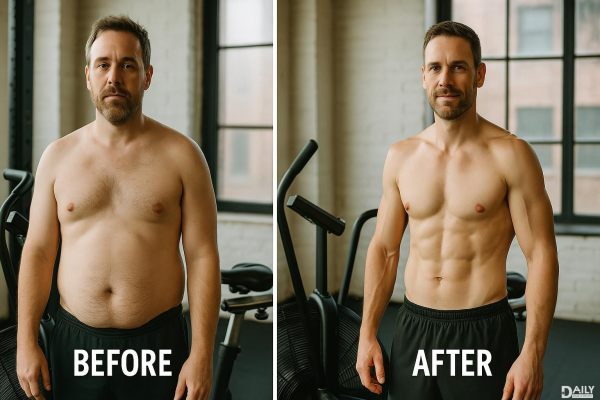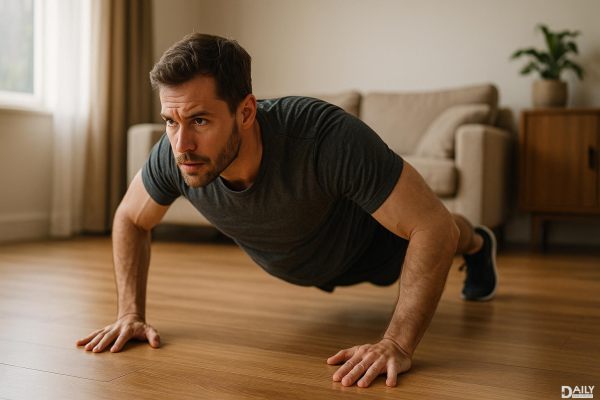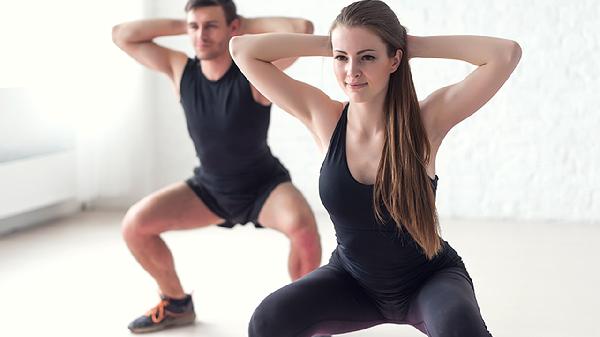Walking is the ultimate gateway drug to fitness—especially if you're new to exercise or easing back into movement after a long hiatus. It’s low-impact, requires zero fancy equipment, and lets you sneak in cardio without feeling like you’re being punished. But here’s the kicker: whether you’re strolling or sprinting, both can torch fat if you play your cards right. The secret sauce? Strategy. Let’s break down how to tweak your walks and runs to maximize fat burn without wrecking your joints or sanity.
The Science Behind Fat Burn During Walking and Running
Your body taps into different energy systems depending on intensity. Low-effort walking primarily burns fat because it’s aerobic (oxygen-dependent), while high-intensity running leans on carbs for quick fuel. But here’s the plot twist: sprint intervals or hill surges during a walk can spike your heart rate enough to trigger afterburn—where you keep torching calories post-workout. A 2019 study in the Journal of Obesity found that short bursts of high-intensity effort during steady-state cardio increased fat oxidation by up to 36%. Translation: mixing speeds isn’t just fun; it’s science-backed for better results.
Interval Training: The Fat-Loss Game Changer
Forget plodding along at one speed. Intervals—alternating between hard efforts and recovery—are like hitting the fast-forward button on fat loss. On a treadmill? Try this:
Terrain Tricks to Boost Calorie Burn
Hills are nature’s resistance training. Walking or running uphill engages your glutes, hamstrings, and calves way more than flat ground, which means more muscle activation = more calories burned. Sand or gravel surfaces also force stabilizer muscles to work overtime, increasing energy expenditure by up to 50% compared to pavement. Live somewhere pancake-flat? Staircases or parking garages make killer makeshift inclines. Just watch out for rogue shopping carts.
Timing Matters: When to Walk or Run for Max Fat Loss
Fast before cardio? Maybe. A 2017 British Journal of Nutrition study found that fasted morning walks increased fat burn by 20% compared to post-meal sessions. But if you’re running hard, eating a light carb snack (banana, toast) 30 minutes prior fuels performance. Another hack: post-strength-training walks. Lifting depletes glycogen, so a 20-minute walk afterward forces your body to tap into fat stores. It’s like double-dipping your efforts.
Gear Up (But Keep It Simple)
You don’t need $200 leggings to lose weight, but a few smart picks help:
Recovery: The Unsung Hero of Fat Loss
Overtraining spikes cortisol, a hormone that hoards belly fat. Counter it with:
Bottom line? Walking and running are both fat-torching powerhouses when you optimize variables like intensity, terrain, and timing. Start slow, listen to your body, and remember: consistency beats perfection every time. Now lace up and hit the pavement—your metabolism will thank you.
























